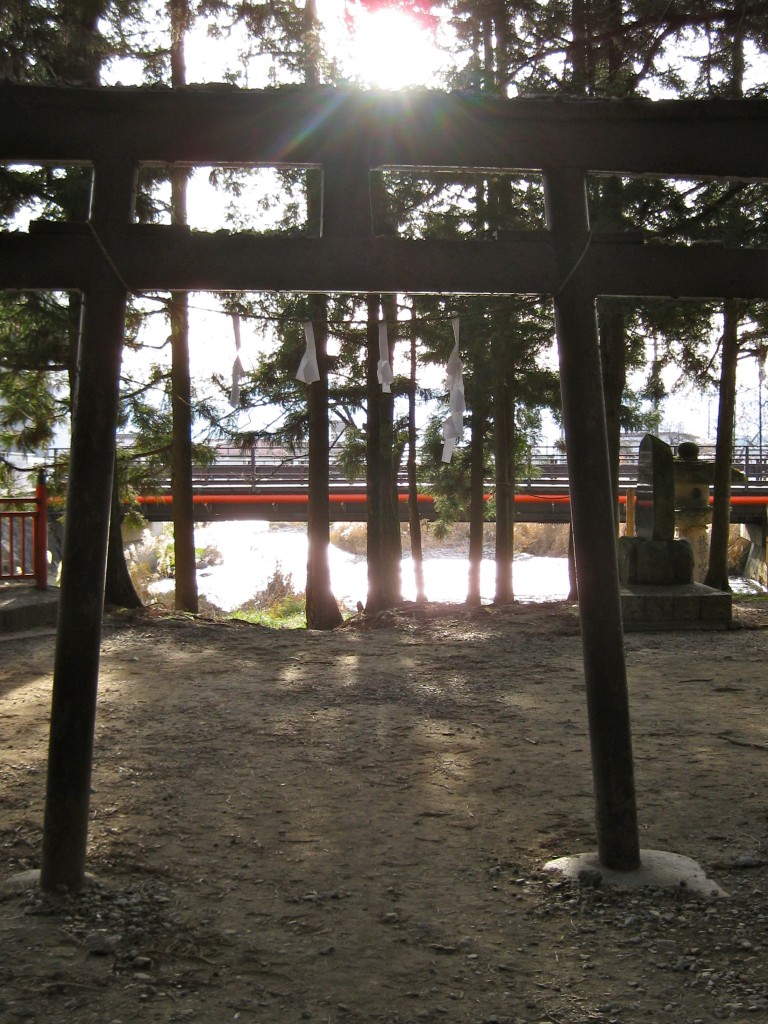
Spanning the divide between the seen and the unseen
Alan Watts this week has been talking about the limitations of the brain in processing reality (a lecture entitled ‘Seeing through the net’). The brain works in ways that are reductionist, ‘digital’ and linear. Reality comes in waves, vibrations and is multivalent. It’s all too much!
Another problem is that we’re trained to see what is, rather than what is not. When we look at the night sky, we see stars but we don’t ‘see’ the vast space between them. Yet the emptiness is the necessary counterpart to the stars, without which they would not exist. There’s no front without a back, no existence without a non-existence, no life without death.

How to see the bigger picture, the wood as well as the trees...
It’s the limitations of human understanding that led Zen Buddhism to reject verbal explanation in favour of an understanding that transcends words. ‘Those who know do not speak; those who speak do not know,’ said the Daoist sage, Lao-Tsu. There’s something of that in Shinto too, whereby myth, intuition and practice are treasured over the rational explanation.
Words and logic have led to a linear way of thinking that has resulted in the successes of modern technology, without producing a similar development in terms of awareness of the consequences. Watts likens it to shifting the right foot forward without bringing up the left. How interesting then that in Shinto – following the Daoist convention – one leads with the left foot, symbolising yin. It’s the feminine principle, the space between the stars, that we should be thinking about most.
There’s one other interesting point that Watts raises: the idea that in Chinese thought man is inherently good and to be trusted, whereas in the Western tradition, fostered by Christianity, man is inherently sinful. Because humans are basically selfish, fallible and essentially evil, they need control systems such as a moral code enforced by draconian punishments like eternal damnation. Shinto by contrast sees humans as destined for kamihood, regardless of behaviour.
The assumptions in West and East are therefore quite opposed. ‘This has amazing political and other consequences,’ Watts concludes. As always, the autodidact leaves us with much to ponder….

Searching for the light and the space within

Leave a Reply